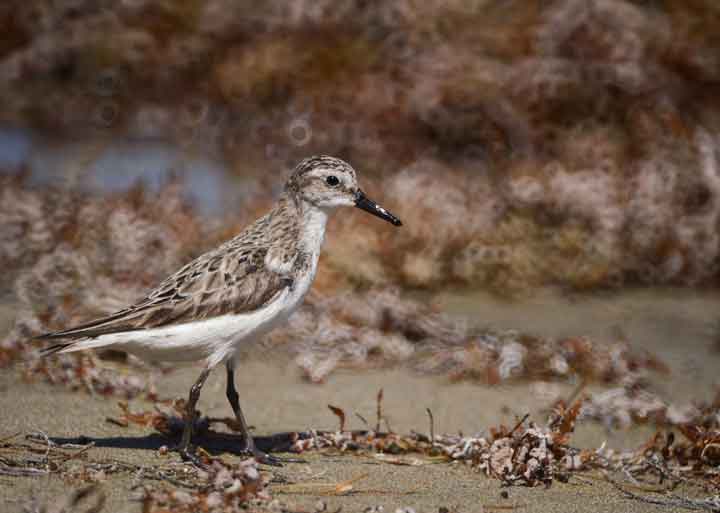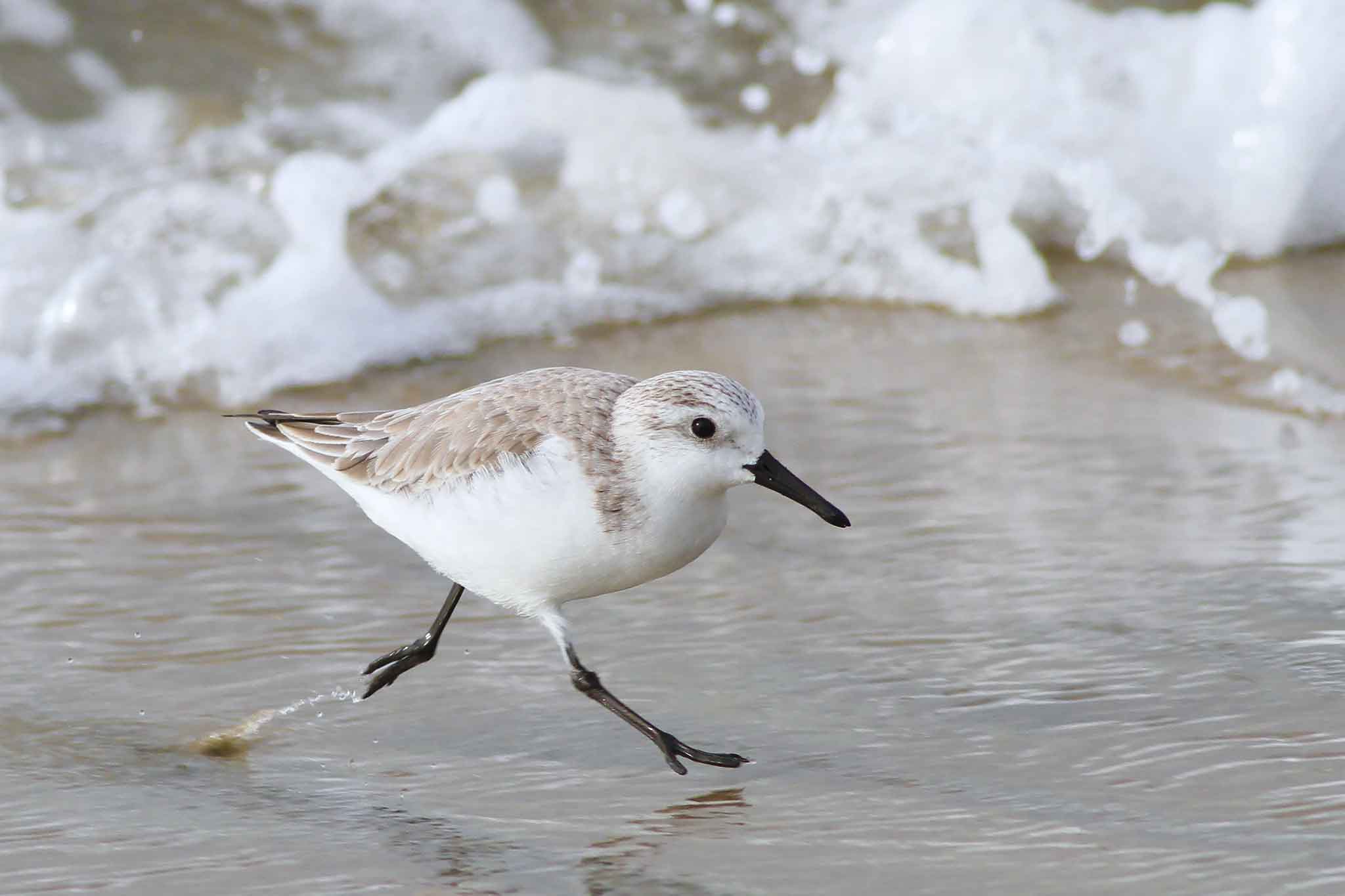Coastal areas of Guatemala are key for migratory shorebirds
With the arrival of winter in the northern hemisphere, migratory shorebirds begin their journey south, in search of warmer places to socialize, reproduce and feed. On that road, thousands of birds pass through Guatemala and Central America, which makes this region one of the most important for the conservation of these birds.
During the boreal winter 2018-2019, for the first time in Guatemala, monitoring was carried out in the coastal areas to determine the abundance and distribution of shorebirds in the Central American country. As stated in the study “Abundance and distribution of shorebirds on the Pacific coast of Guatemala“, samples were taken at 44 sites in the 250 km. of the Guatemalan coastline, between the borders of Mexico and El Salvador.
During this activity, 18,693 shorebirds of 29 different species were counted. The most abundant were those of the Calidris family, with a total of 8,009 individuals (42.8%). Of these, the Alaskan common (Calidris mauri) was the most seen, with a total of 4,202 (22.5%), followed by species such as Charadrius semipalmatus (11.1%), Calidris minutilla (10.9%), Calidris pusilla (8.6%). ) and Himantopus mexicanus (7.3%).
Of the species recorded, nine are listed as Species of High Conservation Concern by the US Fish and Game Service. These are: Numenius americanus, Pluvialis dominica, Numenius phaeopus, Charadrius wilsonia, Limosa haemastica, Limosa fedoa, Tringa flavipes, Calidris pusilla and Calidris melanotos.
Another of the relevant data produced by this study was that of the 44 monitored sites, estuaries are the places where 72% of the individuals were observed, which gives great importance to the channels and wetlands of the Guatemalan Pacific.
Site protection is key

Migratory shorebirds use several coastal sites in Guatemala. Photo: Michelle Cintron / Unsplash
13 of the 44 monitored sites are located in areas declared as protected, both nationally and internationally (shrimp farms, salt mines and multiple-use areas). In areas where there is no declaration of protection, 60% of the individuals counted were detected.
One of the great threats that these birds face is the disturbance caused by human populations, particularly, according to the study, in times of high density of people (Easter), which is when more people visit the Pacific beaches. The problem arises because this resting season coincides with the migration season of some species, such as Charadrius nivosus and Calidris canatus.
“This implies that access to food and roosting sites during this season is impeded or limited when the birds need to accumulate fat reserves to travel to their nesting sites. The contamination by solid waste also increases during these holidays ”, indicates the document.
However, the greatest threat faced by these migratory species, as well as the resident species, is the management of water by industries located in these areas. The extraction of water causes the gates to close, which alters the tidal cycles and, consequently, the feeding times of the birds.
The study suggests the use of alternative sites for birds, such as shrimp and salt farms, where good practices can be implemented, which can be used by birds as they pass through the coastal zone of the country.
